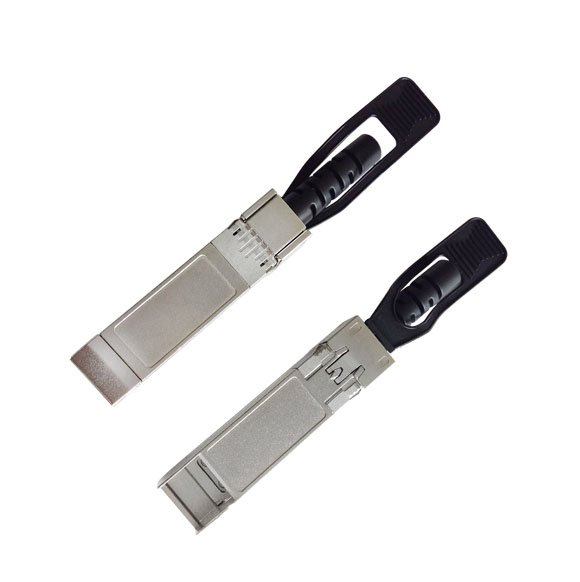When it comes to cable optical transceivers, the housing plays a crucial role in ensuring the durability and performance of the device. One popular choice for SFP DAC Housing material is zinc alloy, known for its strength and corrosion resistance.
Zinc alloy SFP DAC (Direct Attach Copper) housing offers several advantages over other materials. Firstly, zinc alloy is lightweight yet sturdy, making it an ideal choice for protecting the delicate components inside the transceiver. This ensures that the transceiver can withstand the rigors of daily use and transport without compromising its functionality.

In addition to its durability, zinc alloy has excellent thermal conductivity properties. This means that it can effectively dissipate heat generated by the transceiver, preventing overheating and ensuring optimal performance. This is particularly important for high-speed data transmission, where heat management is crucial for maintaining signal integrity.
Furthermore, zinc alloy is highly resistant to corrosion, making it suitable for use in various environments, including industrial and outdoor settings. This corrosion resistance ensures that the transceiver remains protected and functional, even in harsh conditions.
Zinc alloy SFP DAC housing also offers design flexibility, allowing for intricate and customized shapes. This enables manufacturers to create transceivers with sleek and compact designs, maximizing space efficiency in networking equipment. The optical module housing serves to protect the delicate optical components from environmental factors such as dust, moisture, and physical damage, ensuring the longevity and reliability of the optical communication systems.
In conclusion, zinc alloy SFP DAC housing is an excellent choice for cable optical transceivers. Its durability, thermal conductivity, corrosion resistance, and design flexibility make it a reliable and efficient option for protecting and enhancing the performance of these essential networking devices.

